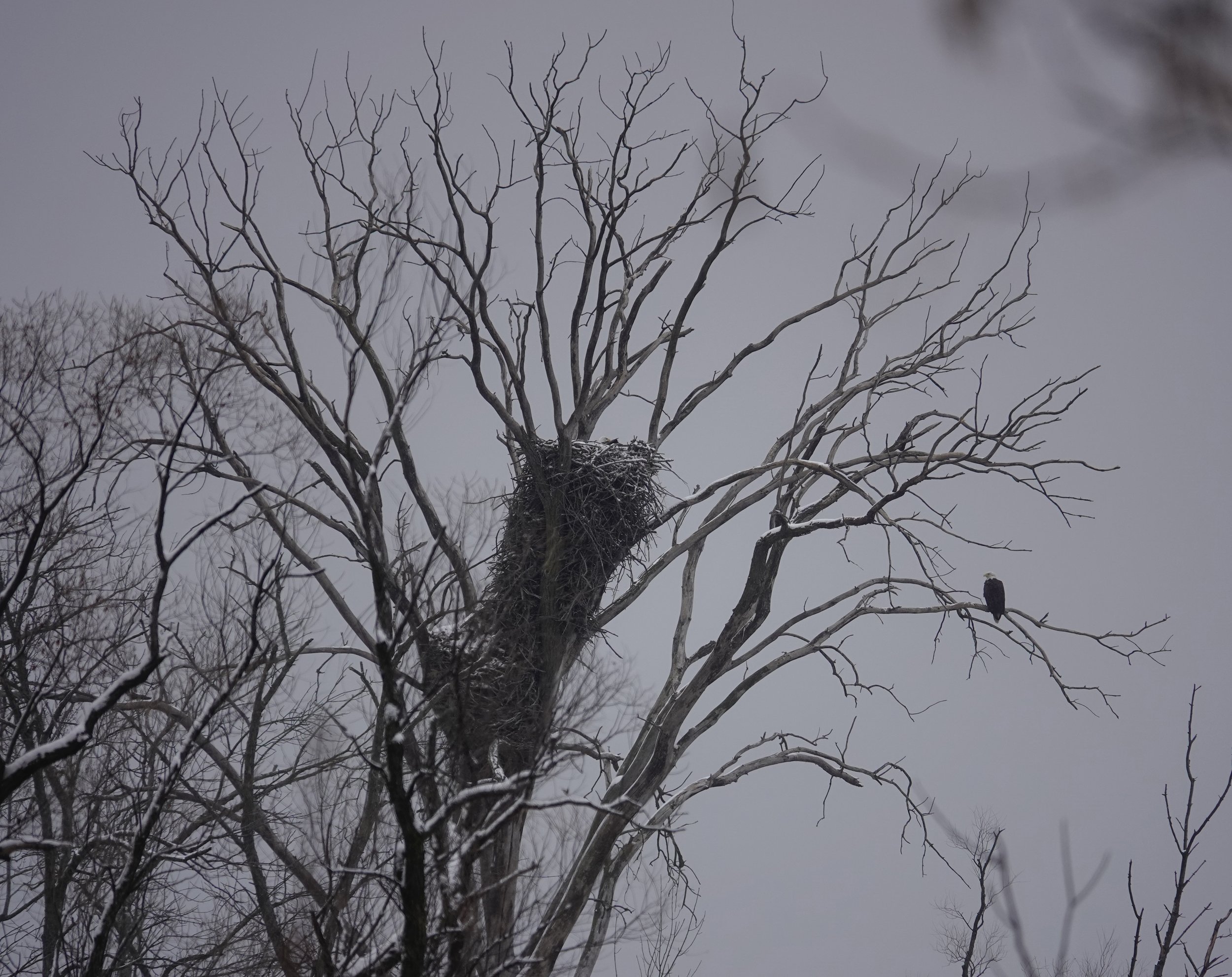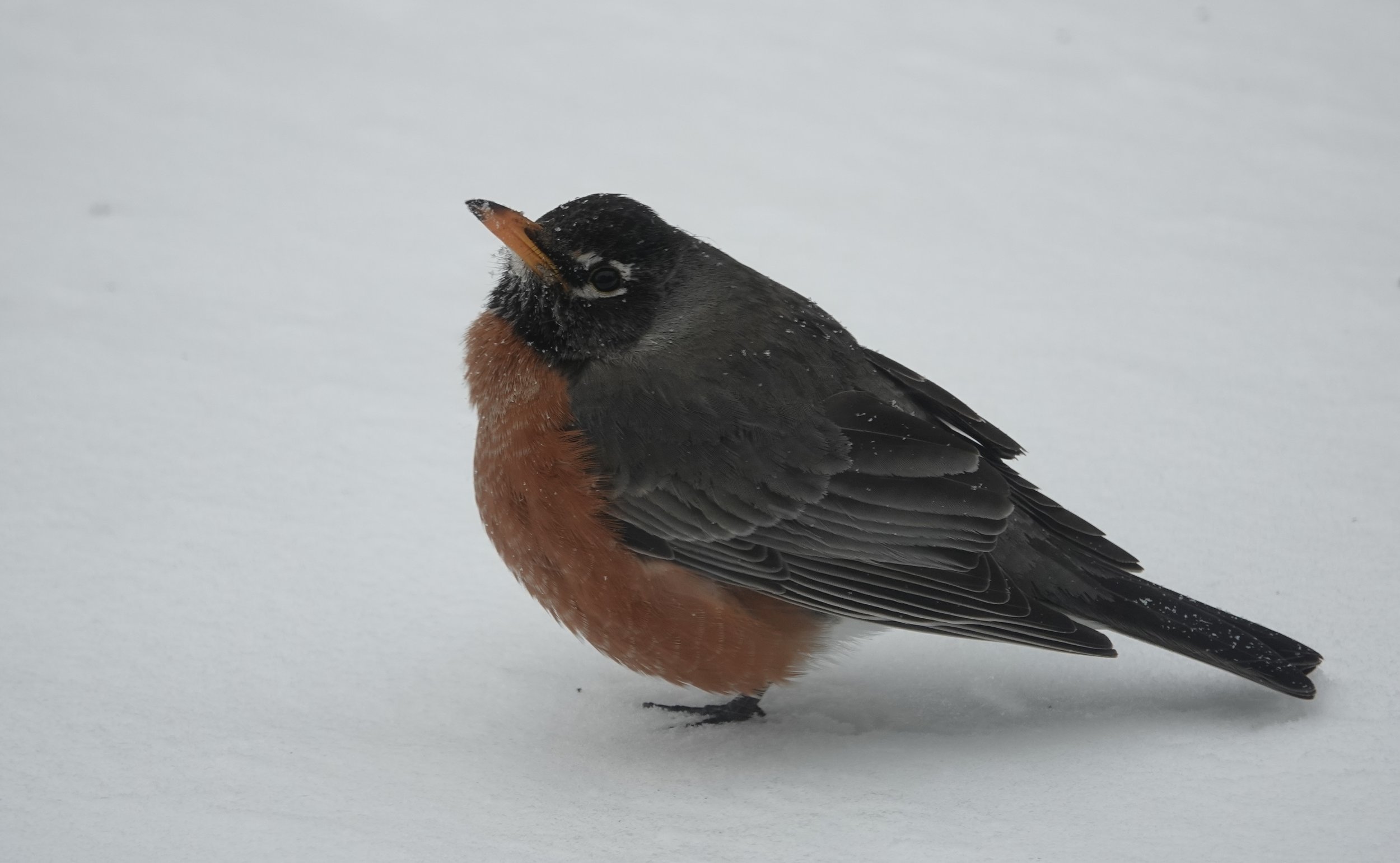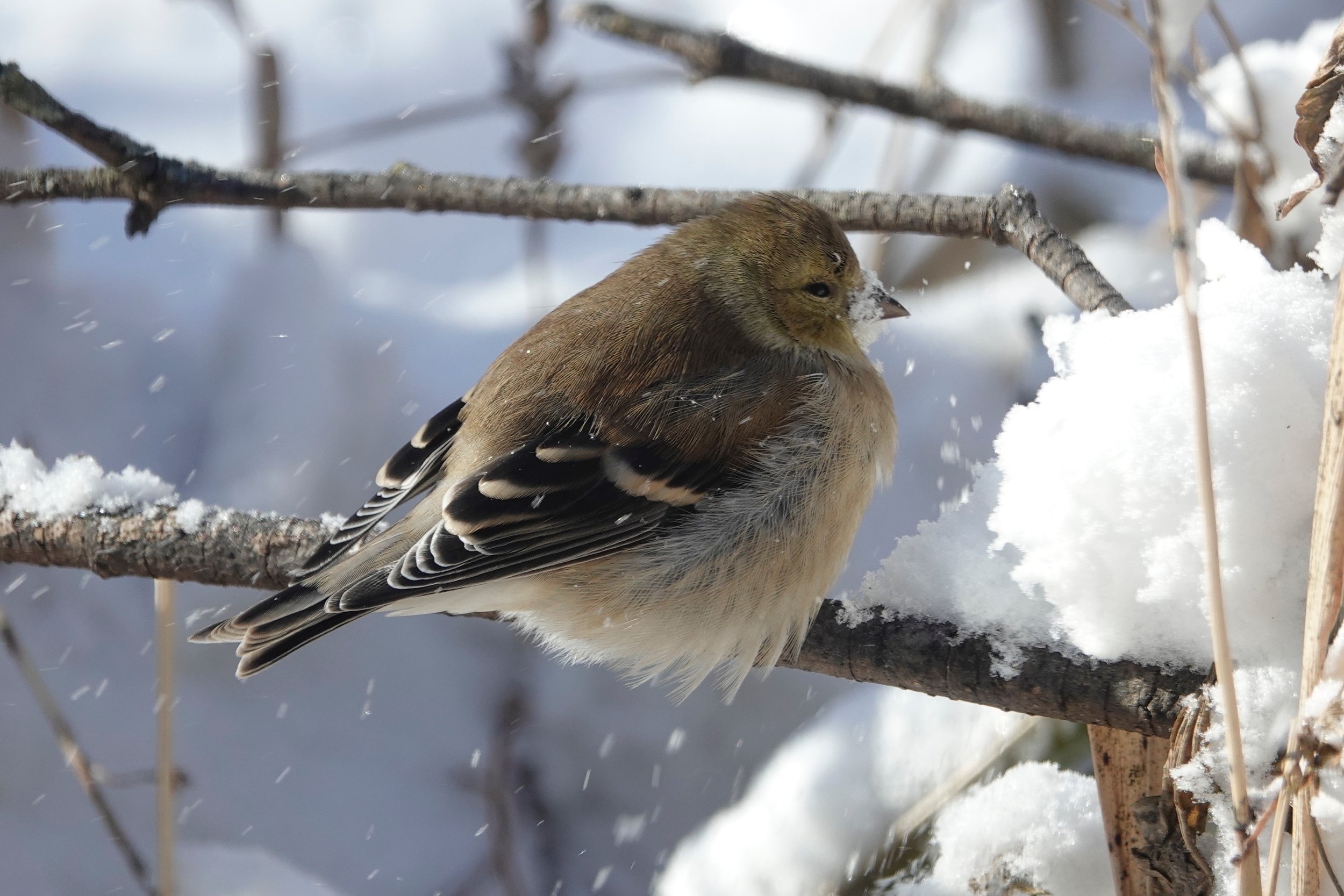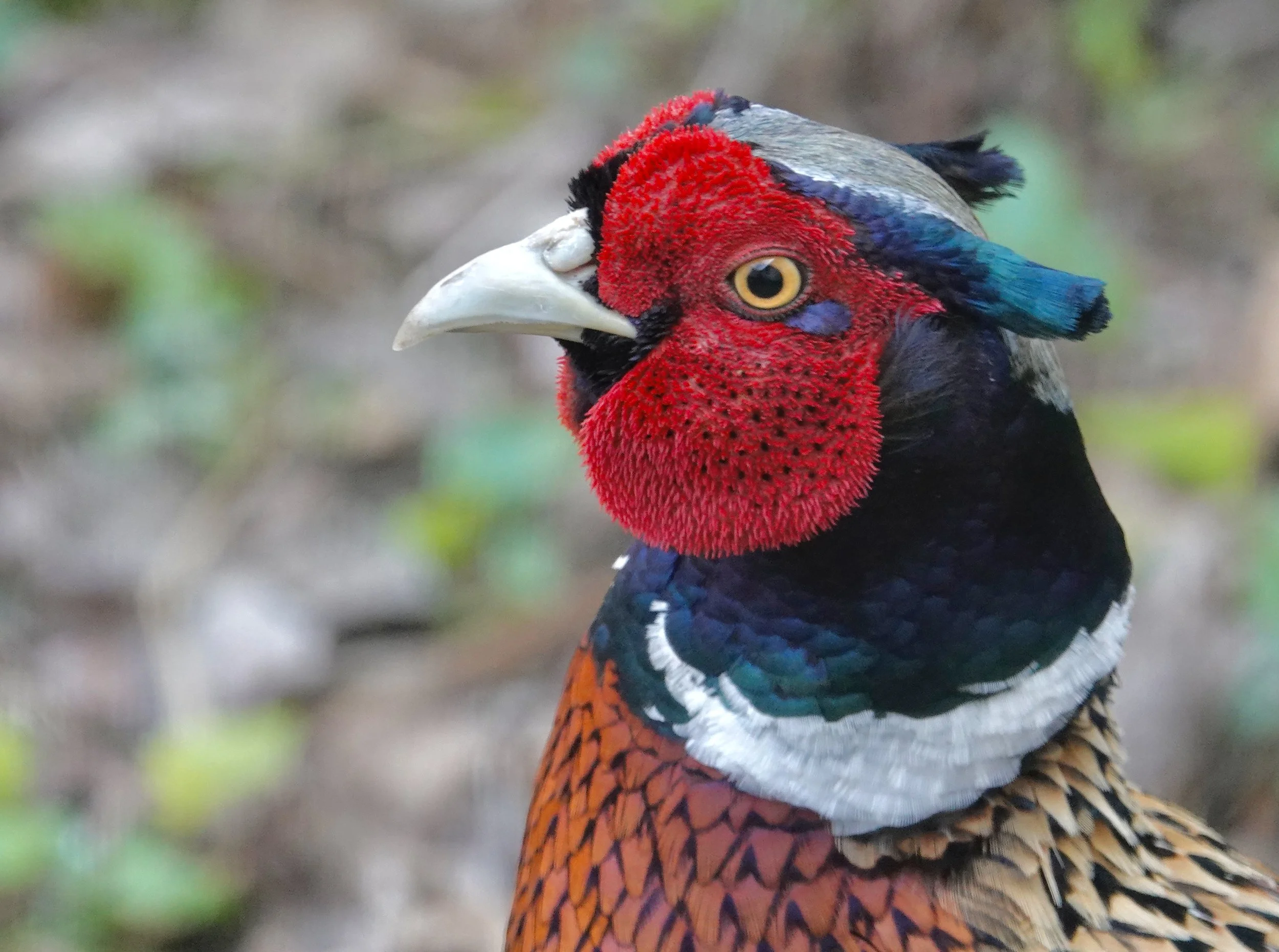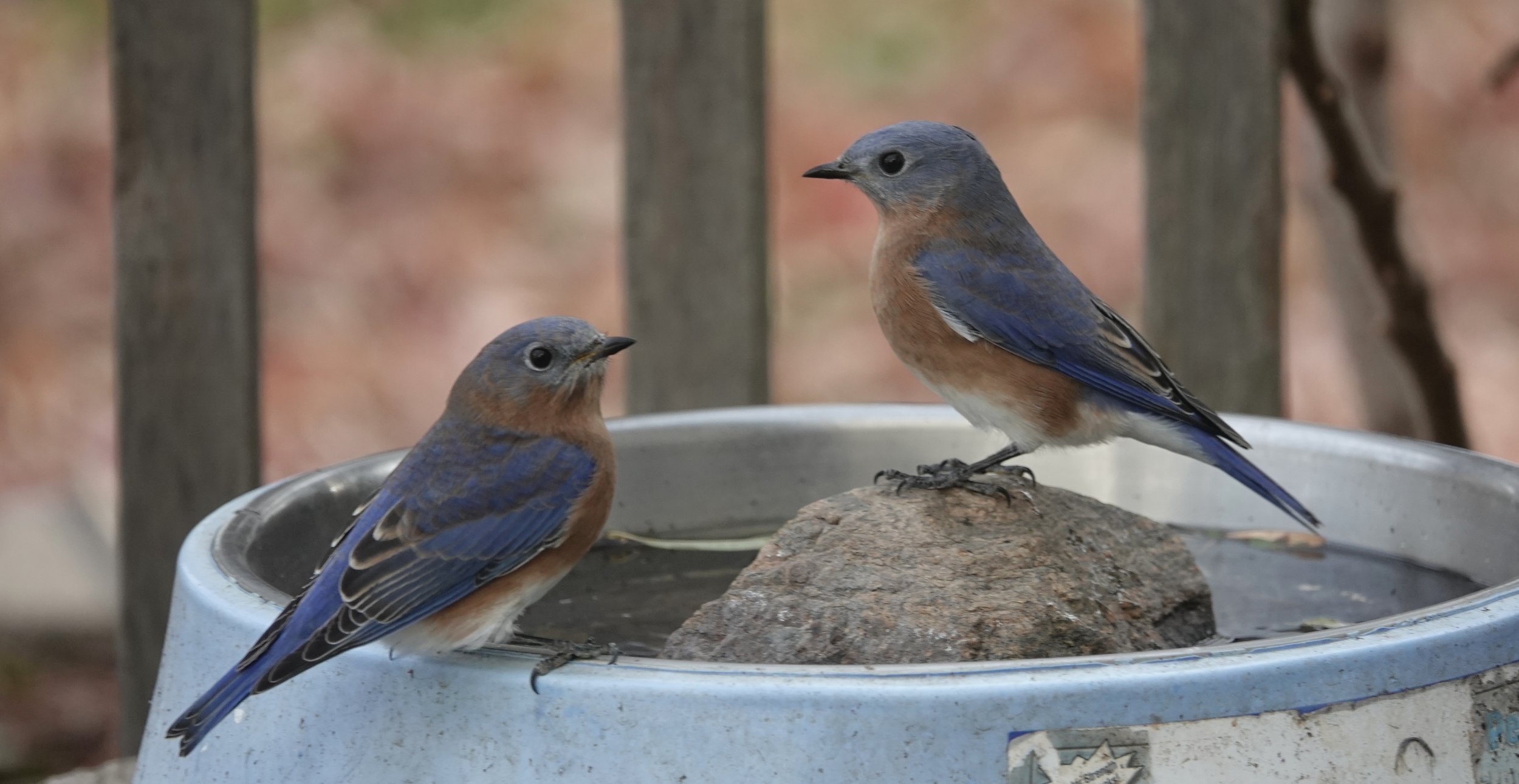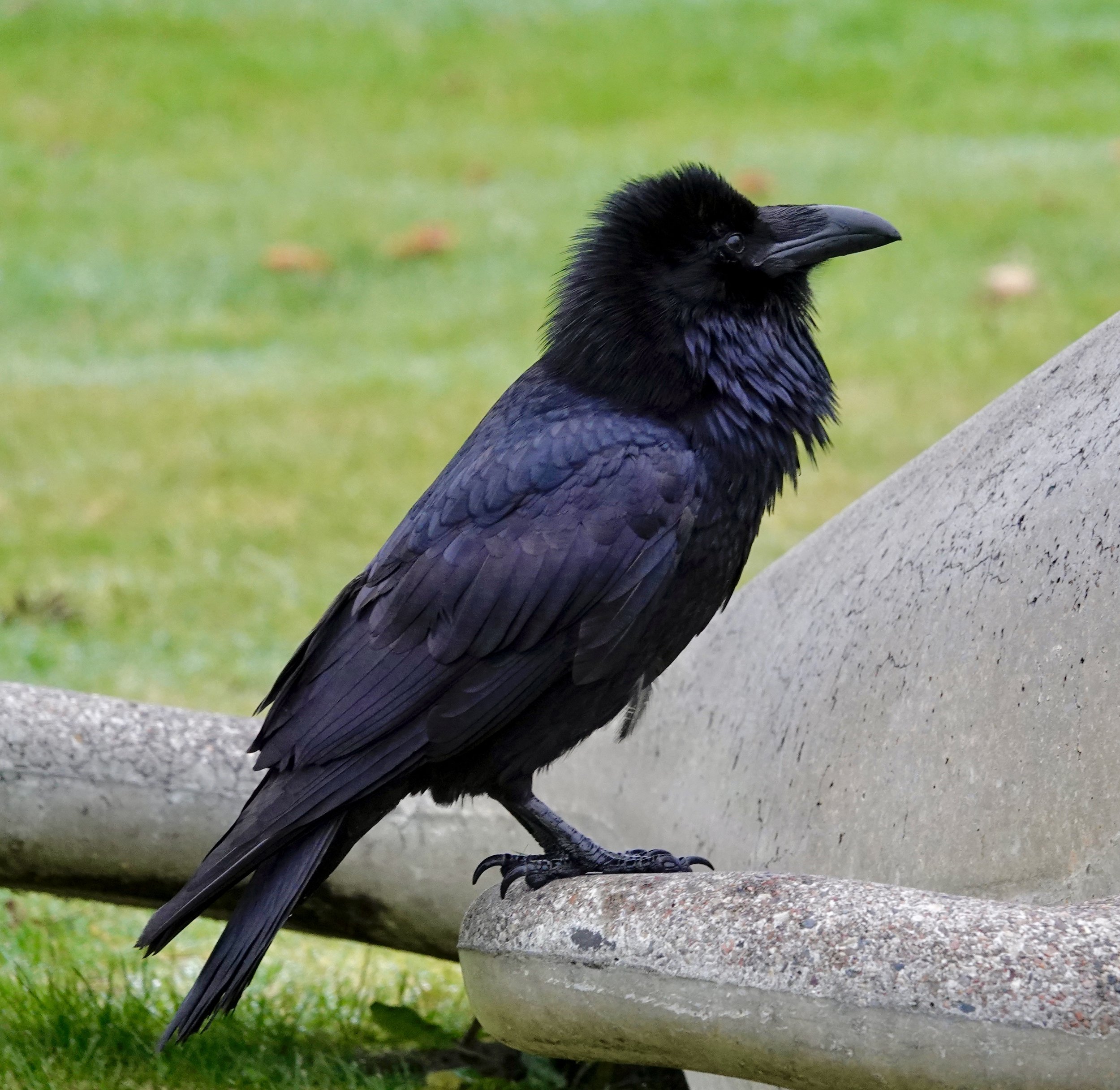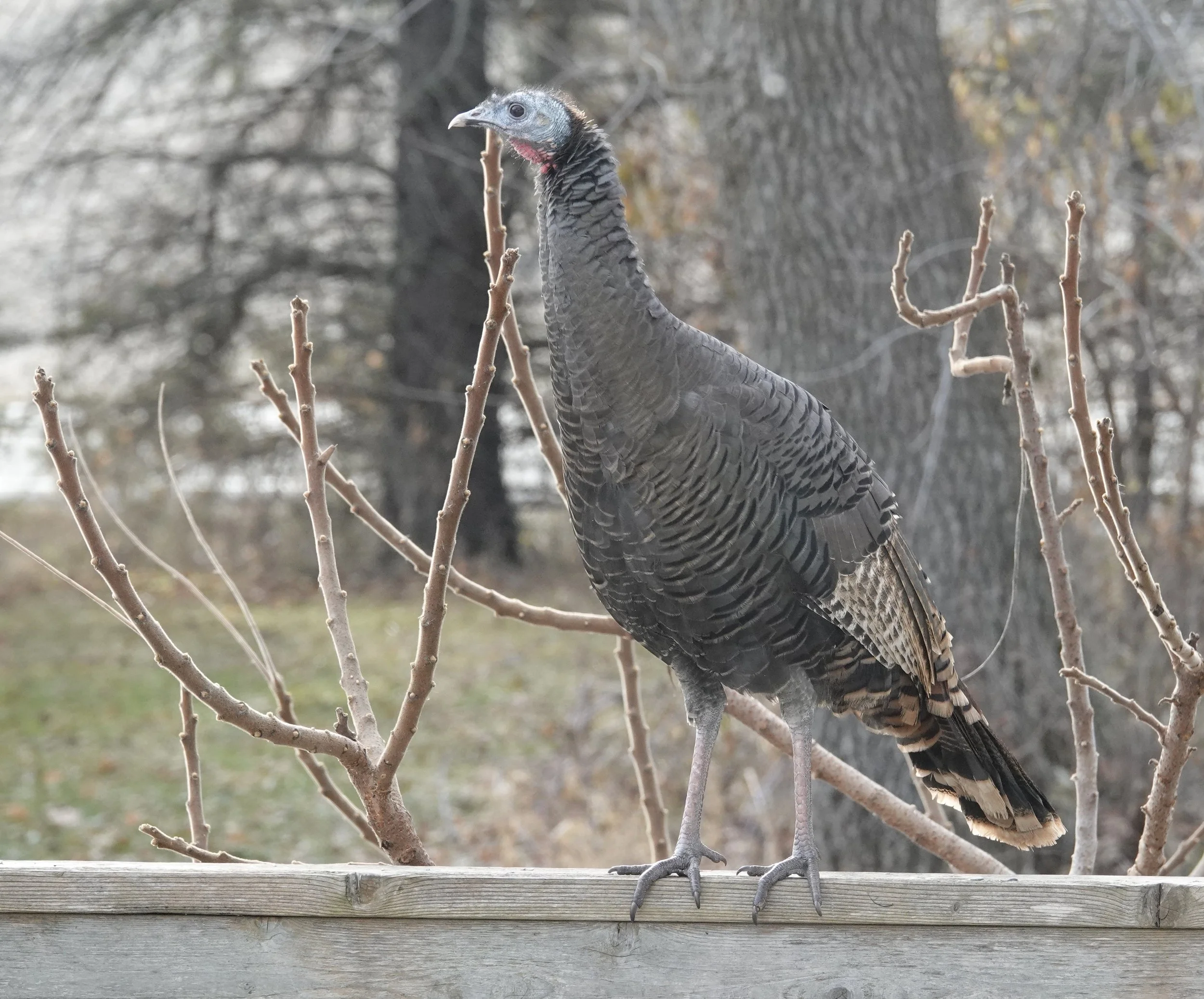Naturally
The birds come back because they miss you. A male cardinal has a great PR firm. It’s called red feathers. A short walk brought sightings of red admiral and sulphur butterflies, an eastern phoebe and a groundhog while I listened to the musical stylings of chorus frogs and red-winged blackbirds. A cardinal singing brought me ringing joy. Life gets tweeter in the spring. Even a grackle’s song sounds good in the spring.
Q&A
Mike Johnson of the Norseland Community Preservation Association asked where red-winged blackbirds go. They follow routes called flyways, with individuals often returning to the same places year after year. The males return here first and try to impress the females who arrive later. By November, most redwings have left Minnesota and headed to the southern US for the winter.
Red Bushman of Norseland asked about the eagles' impact on loons. Loons face a wide range of threats, including mortality from lead tackle poisoning, avian malaria and entanglement in monofilament fishing lines. The loon chicks with limited diving skills and the eggs are vulnerable to eagles.
Don Johnson of Norseland asked where the meadowlarks are. Both eastern and western meadowlarks inhabit roadsides, grasslands, croplands, weedy fallow fields and mixed grasslands/shrubs. The western prefers drier grasslands, and the eastern favors moister habitats. Like many grassland species, the decline of the meadowlarks is attributed to habitat loss and degradation. The loss of family farms contributes. Meadowlarks nest on the ground, so any disturbance of roadsides and other cover by mowing, spraying, burning, tillage, grazing or ATV usage during the peak nesting months (May, June, July) lowers production significantly. The eastern has a simple, clear, slurred whistle while the western's song has a musical bubbling flute-like quality. Males commonly use fence posts as perches while singing.
“Is the bigger eagle I’m seeing a golden or a bald?” The two species are about the same size, and the females are larger. The legs of golden eagles are feathered to the foot; the bald eagle has featherless, yellow ankles. Goldens frequent forested and grassland landscapes, often away from lakes, rivers and coastlines. Bald eagles are typically found near open, fish-filled waters. Both species are fond of carrion. Juvenile bald eagles are larger than adults due to their longer wing and tail feathers.
“What is the fastest animal?” A cheetah can run as fast as 70 mph. The pronghorn can run at 35 mph for 4 miles and could hit 55 mph during a sprint. A sailfish can move through water as swiftly as 68 mph. The peregrine falcon dives at speeds up to 200 mph.
Katie Jacobson of Albert Lea asked what to do about a robin fighting with a window. After choosing a nest site, a pair of birds claim the area as their own and defend it from other birds of their kind. When a male robin spots another male, a chasing fight ensues. The dominant male gets a mate, the nesting location, the territory and the area’s food. The window acts as a mirror. A robin is territorial and instinctively attacks rivals in its breeding territory, making an enemy of its image. A real robin would leave, but the reflection remains. Being persistent and stubborn, the robin continues the attack. If you want the robin to stop, block the image. Put a piece of cardboard, black nylon screen, painter’s cloth or plastic cling on the outside of the window where the bird is attacking. Soaping the window works. This may cause Martha Stewart to shudder, but, in most cases, you’ll need it only until the shadowboxing robin thinks its worthy adversary has departed. Covering the inside of the window might enhance the reflection. Forget about using plastic owls or fake snakes.
“What eats milo?” There is milo and millet. White proso millet is a tiny light-colored seed that ground-feeding birds, such as doves, native sparrows, thrashers, Carolina wrens, cardinals, starlings and house sparrows, enjoy. Milo is a large, reddish round seed, also called sorghum, often used as a filler in commercial seed mixes. It’s less expensive than most types of birdseed, but isn’t appealing to most species. On Cornell Lab of Ornithology seed preference tests, western ground-feeding birds like Steller’s jays, curve-billed thrashers and Gambel’s quail preferred milo to sunflower. In another study, house sparrows didn’t eat milo, but cowbirds did. Wild turkeys, doves and pheasants eat milo. Milo is used for livestock feed.
“Have you ever heard of Canada geese nesting in a bald eagle nest?” Yes. Here’s a link to a video of a nest in Decorah. https://www.raptorresource.org/birdcams/decorah-goose-cam/
Thanks for stopping by
“Wherever there are birds, there is hope.”―Mehmet Murat ildan.
“I doubt whether the world holds for any [child] one more soul-stirring surprise than the first adventure with ice cream.”—Heywood Broun.
Do good.
©️Al Batt 2024
A birdie with a yellow bill hopped upon my suet feeder, cocked his shining eye and said nothing because he was too busy eating. With apologies to Robert Louis Stevenson, there are days when starlings dominate my suet feeder. There are starling-resistant suet feeders. Upside-down suet feeders are meant to challenge starlings and do lessen that bird’s presence, but starlings can hang upside down and feed. It’s going to the gym and eating lunch for a starling. Photo by Al Batt.



